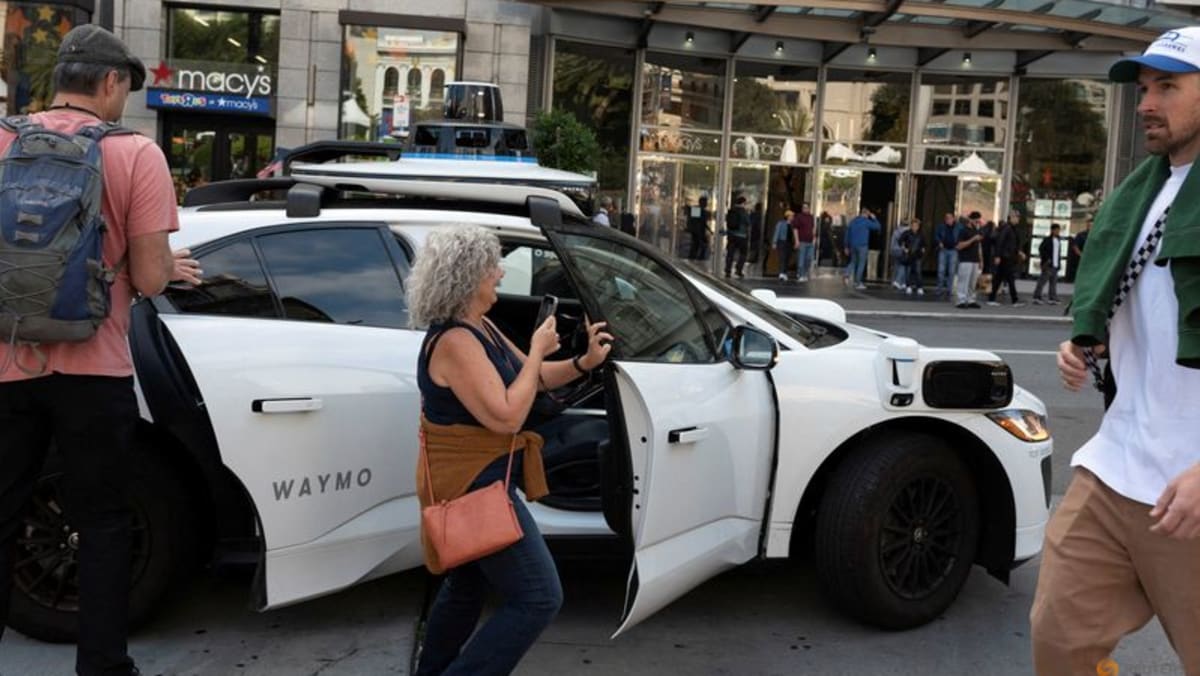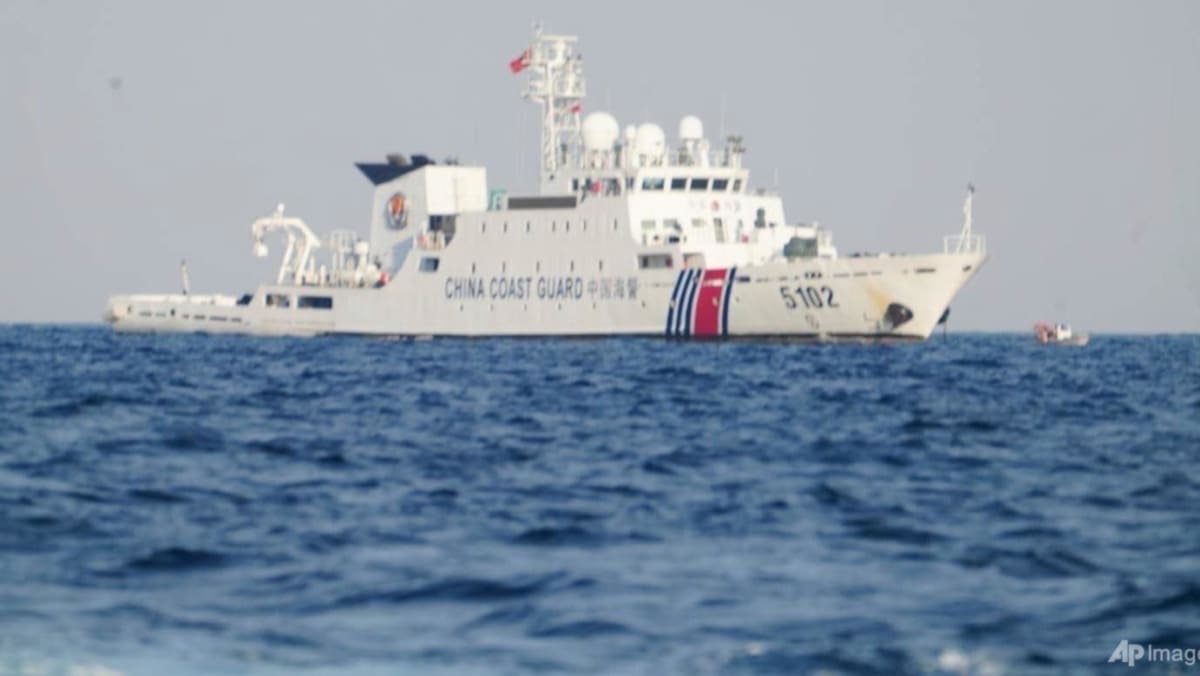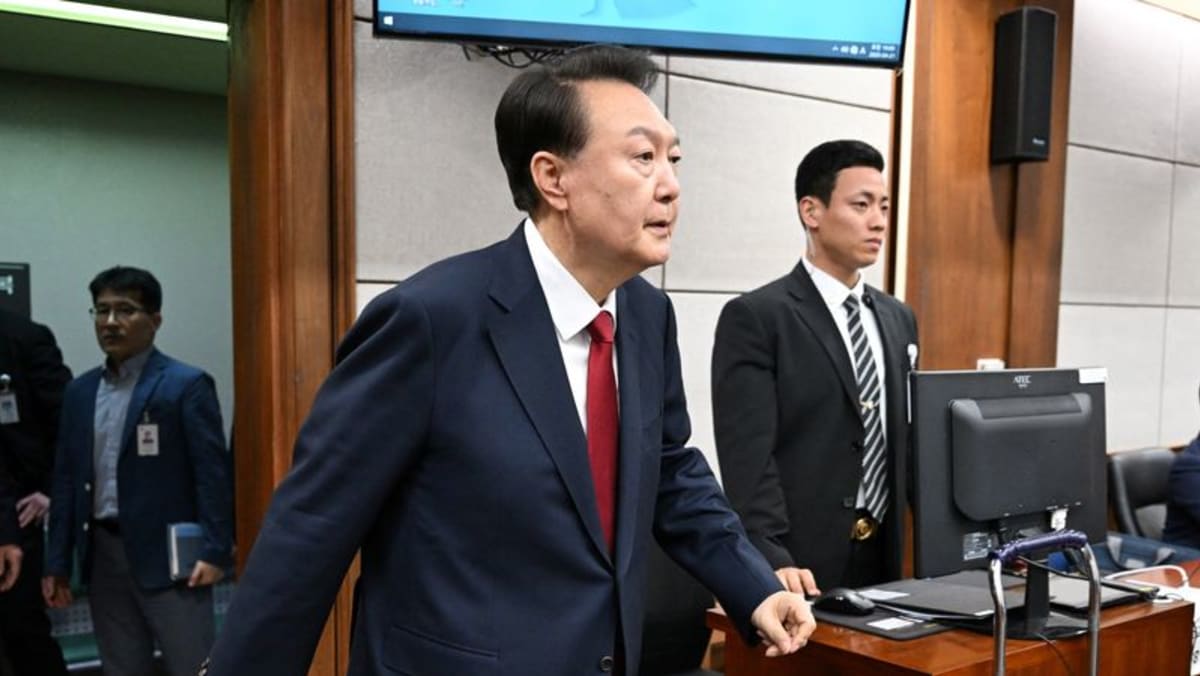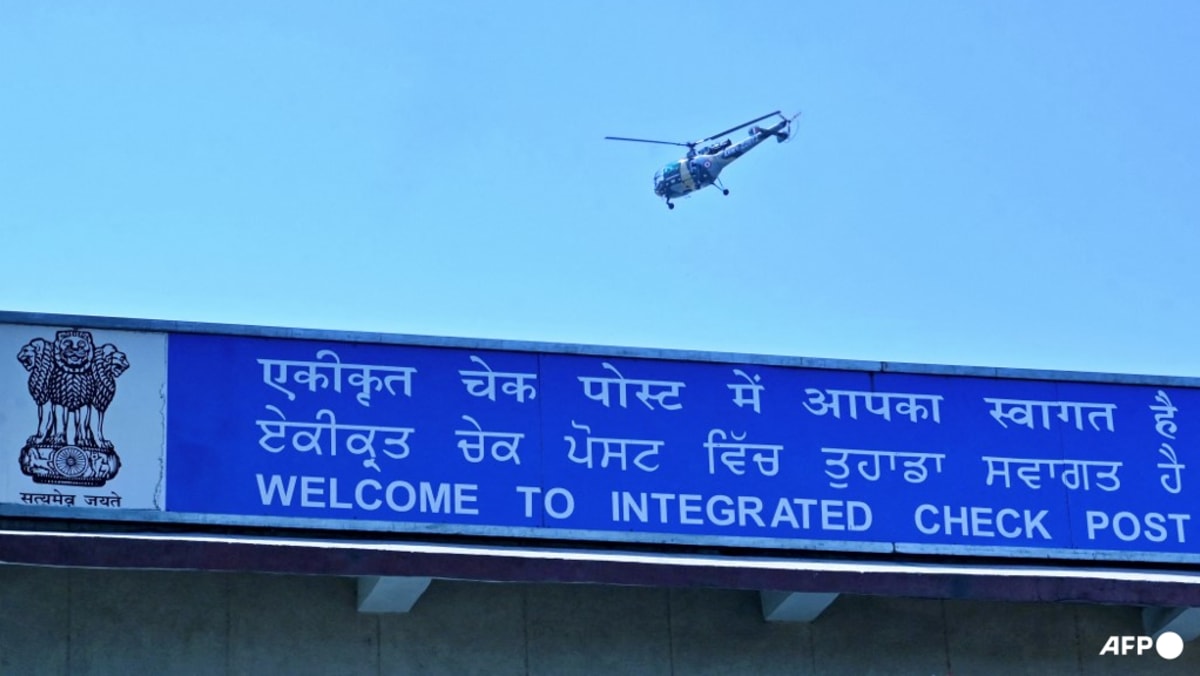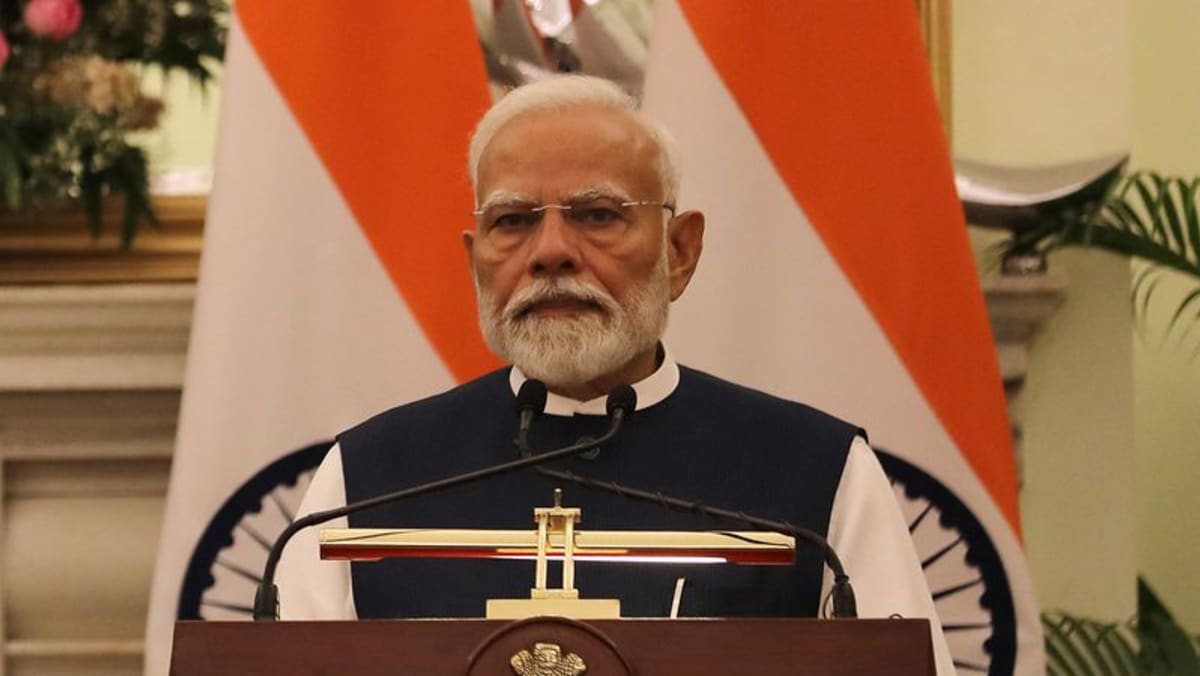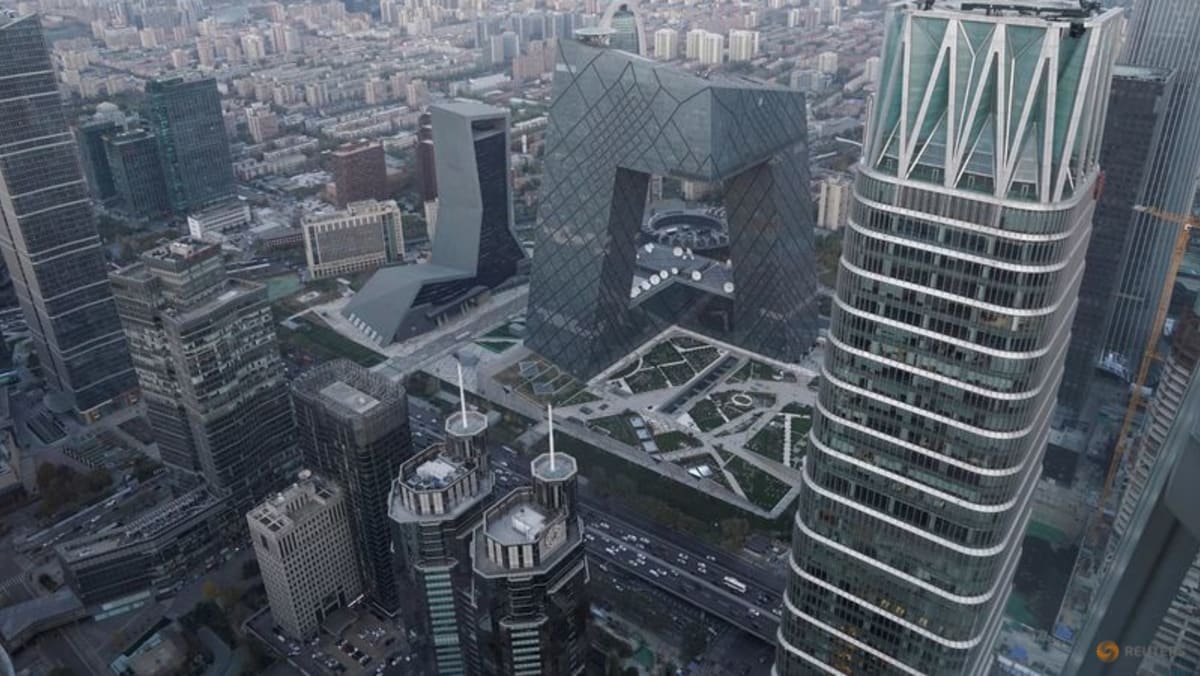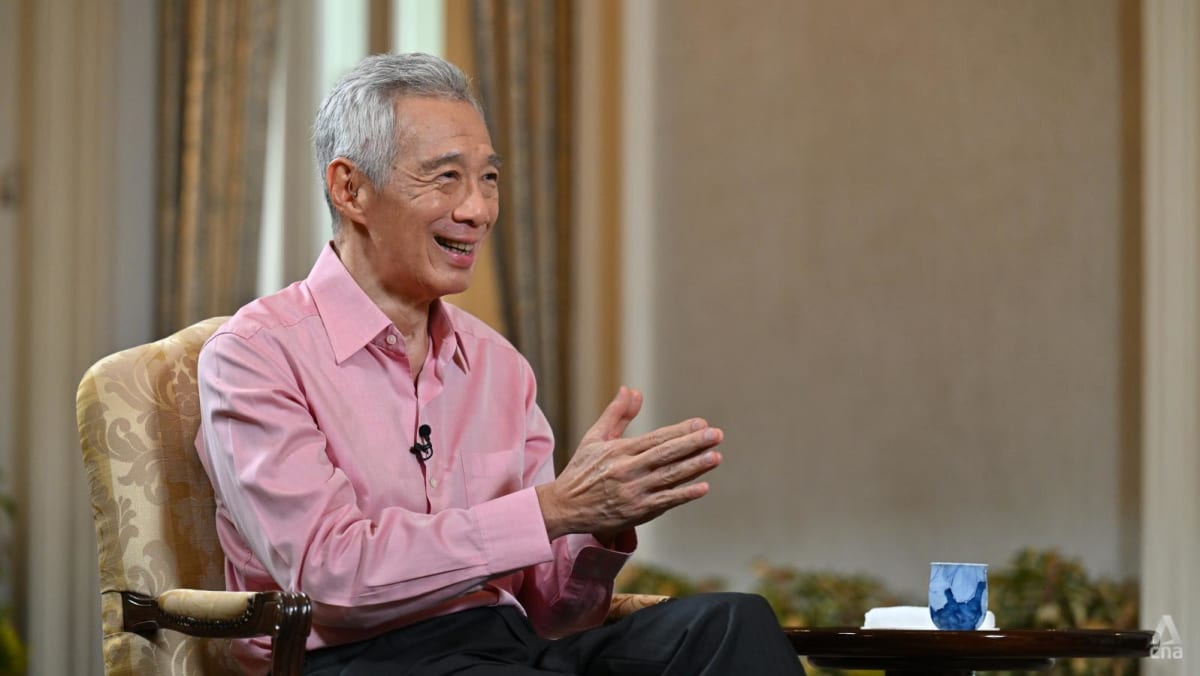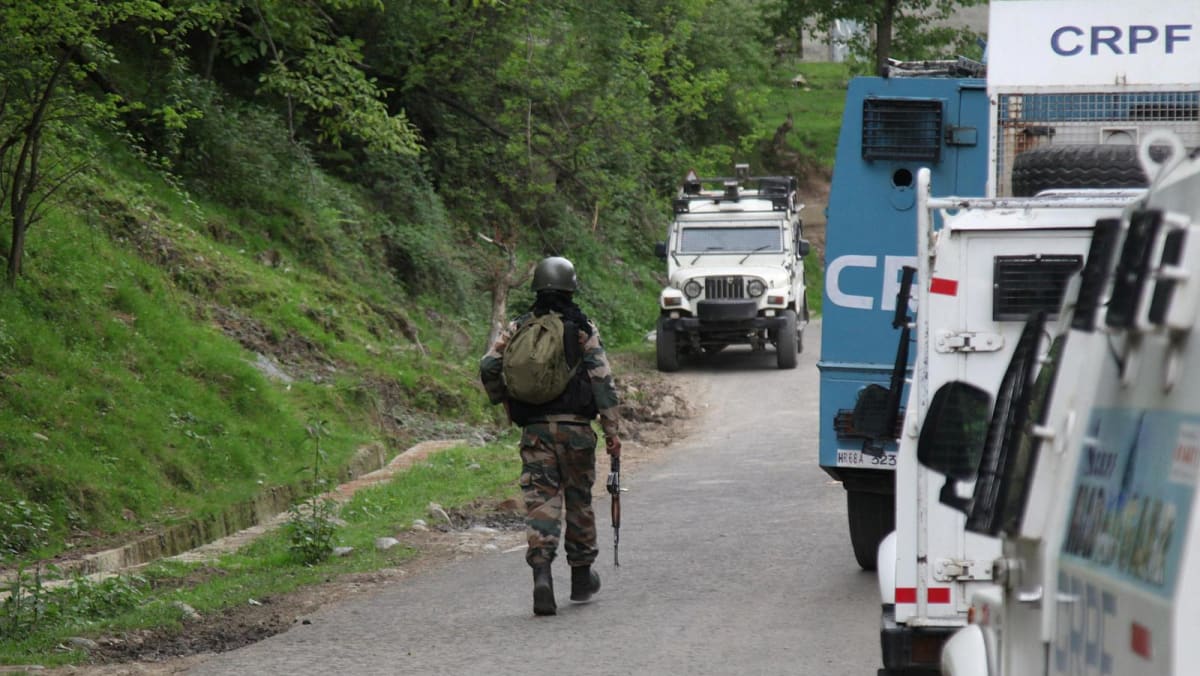KUALA LUMPUR: The recent spate of botched depictions of Malaysia’s flag shows the country needs clearer regulations on the use of artificial intelligence (AI), particularly when it involves subjects of national importance, said experts.
In two of at least four incidents this month involving inaccurate depiction of the Jalur Gemilang – which means Stripes of Glory – AI was reportedly used to generate the images.
In the first of the blunders, the front page of newspaper Sin Chew Daily’s Apr 15 print edition showed Malaysia’s flag without the crescent moon, which symbolises Islam, the country’s official religion.
The other incident involved the Education Ministry, whose examination results analysis report distributed on Apr 24 showed the Jalur Gemilang with two stars instead of one, as well as eight alternating red and white stripes instead of 14. The stripes symbolise the equal status of Malaysia’s 13 states and federal territories, while the star symbolises their unity.
The incidents show Malaysia’s public institutions and private sector have readily adopted AI, but often overlook its flaws and potential harms, analysts said.
The lapses serve as a “warning” to take AI governance more seriously, especially in sensitive areas such as national symbols, said media analyst Nuurrianti Jalli of Singapore’s ISEAS-Yusof Ishak Institute.
NOT ONLY THE JALUR GEMILANG
But it is not only AI images involving national emblems that have stoked public disquiet and led to calls for better regulation.
On Apr 19, for instance, an image allegedly generated by AI of a durian farm surrounded by forest triggered speculation over the issue of illegal farmers in Malaysia’s Pahang state.
According to the South China Morning Post, the image’s caption suggested that it was taken at a “hidden spot” and thus fuelled public belief that there were other illegal farms hidden in the area’s dense forests.
The Malaysian Communications and Multimedia Commission questioned the man who uploaded the image.
Other cases involved fake images showing the supposed “arrest” of the country’s monarch Sultan Ibrahim, as well as sexual content created with deepfake technology.

